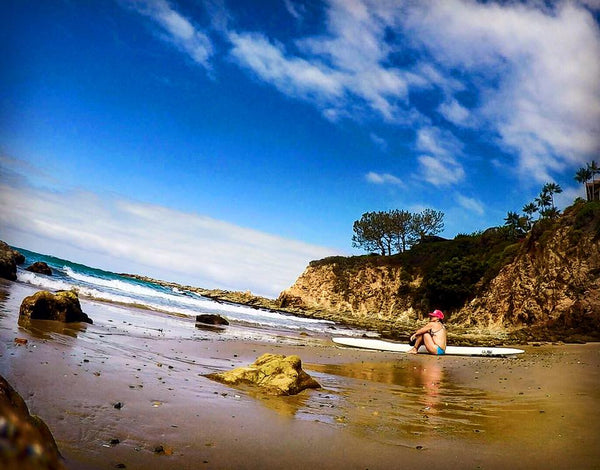
Exploring the Differences: Lake Paddle Boarding vs. Ocean Paddle Boarding
We break down the differences between paddle boarding on lakes versus the ocean.
Introduction:
Embarking on a stand-up paddle boarding (SUP) adventure is an excellent way to connect with nature and enjoy the outdoors. In this article, we'll delve into the nuances of paddle boarding on a lake versus the ocean, helping you understand which option suits you best.
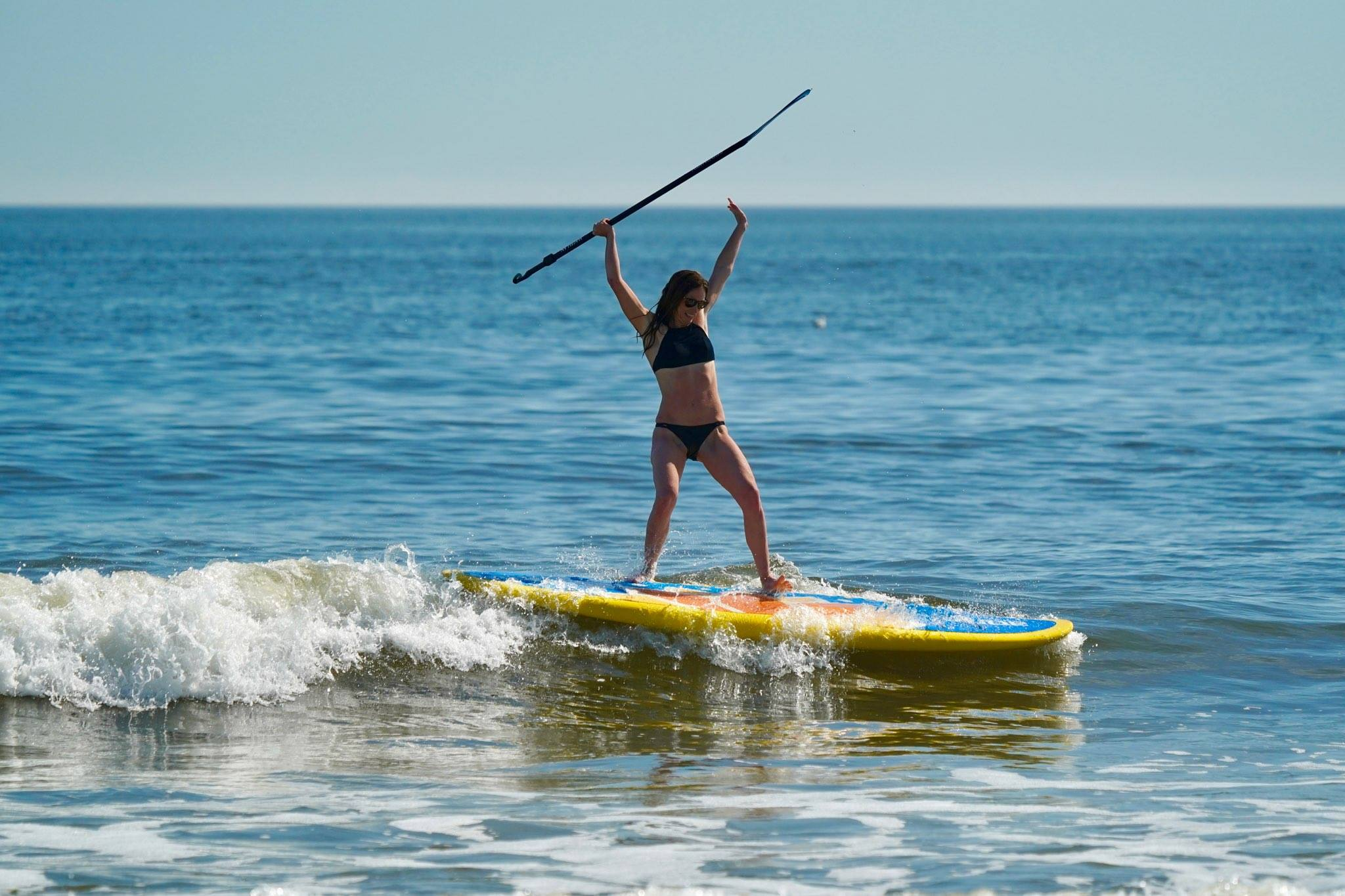
Understanding the Differences:
Paddle boarding on a serene lake offers a stark contrast to the dynamic environment of the ocean. Lakes typically provide calmer waters with minimal waves and swell, ensuring a stable and predictable experience. Conversely, ocean paddle boarding introduces the challenge of navigating larger waves and unpredictable conditions, offering a more exhilarating but demanding endeavor.
Personal Insights:
Reflecting on my own paddle boarding journey, I recall my initial experience paddling in the ocean off Hawaii. Wrestling with cross currents and trade winds, I found myself frequently relegated to a kneeling position. It was a humbling introduction to ocean paddle boarding, but one that ultimately fostered growth and confidence.
Benefits of Lake Paddle Boarding:
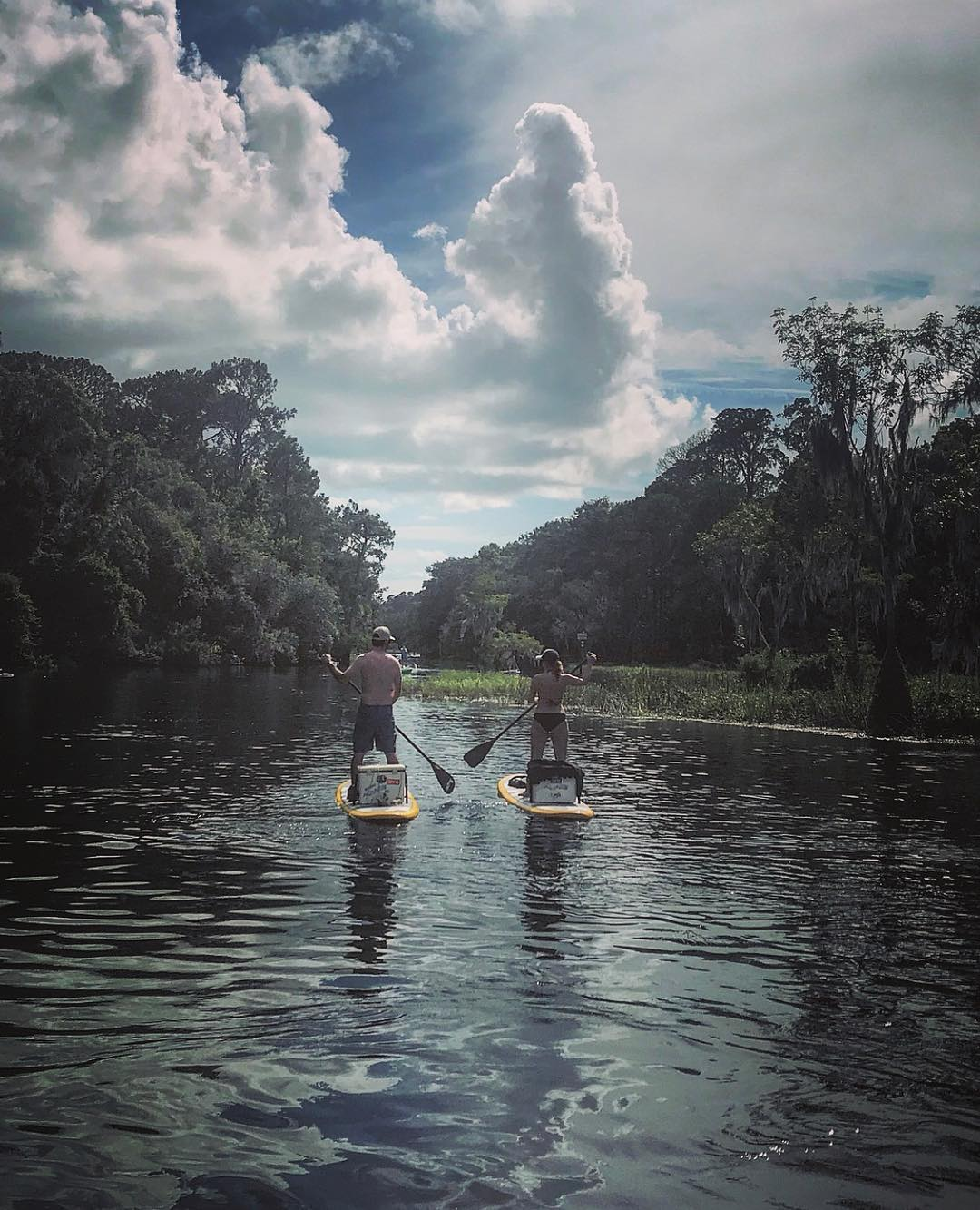
Paddle boarding on a lake offers accessibility and ease for most enthusiasts, with tranquil waters conducive to skill development. Enjoying the serenity of flat water, paddlers can enhance their balance, tone muscles, and marvel at the marine life beneath them, all while honing their technique.
Easier Learning Environment:
In the debate of lake versus ocean for learning paddle boarding, flat water emerges as the clear winner. With fewer variables affecting stability, beginners can focus on mastering fundamental techniques without the added challenge of ocean conditions. While ocean paddle boarding is feasible with calm waters, it inherently presents a steeper learning curve.
Advantages of Ocean Paddle Boarding:
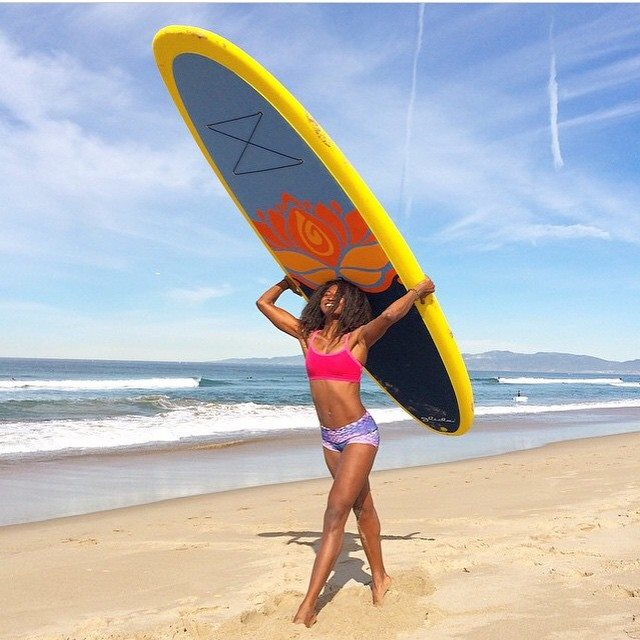
Venturing into the ocean opens doors to exhilarating experiences, particularly for advanced paddlers keen on SUP surfing. Harnessing the buoyancy of stand-up paddle boards, enthusiasts can ride even ankle-high waves, bolstering confidence and skill. Ocean paddle boarding demands mastery of specialized strokes and transitions, elevating the thrill of surfing.
Choosing the Right Paddle Board:
Selecting the appropriate paddle board hinges on intended usage and water environment. For lake paddling, touring boards with pointed noses are ideal, offering versatility and stability for various conditions. Conversely, ocean paddle boarding benefits from surf-specific or all-around boards equipped with planing hulls for enhanced maneuverability.
Paddle Board Sizing and Materials:
Considerations for paddle board sizing revolve around personal dimensions and intended use, ensuring optimal support and maneuverability. In terms of materials, fiberglass, epoxy, and carbon fiber options cater to varying budgets and preferences, each offering unique benefits in durability and performance.
Exploring Inflatable Paddle Boards:
Inflatable SUPs present a convenient alternative, boasting easy storage and transportability. Featuring layers of PVC covering a drop stitch core, these boards offer stiffness comparable to hard boards, making them suitable for lake or ocean excursions.
Essential Paddle Boarding Tips:
For beginners, adherence to safety protocols is paramount, including the use of personal flotation devices and avoidance of solo outings. Additionally, investing in essential safety equipment such as a leash and whistle enhances preparedness for unforeseen circumstances.
Attire for Ocean Paddle Boarding:
Appropriate attire for ocean paddle boarding includes swimsuits or quick-dry clothing, complemented by rash guards or t-shirts for sun protection. Water-resistant footwear and sunscreen complete the ensemble, ensuring comfort and safety during paddling sessions.
Conclusion:
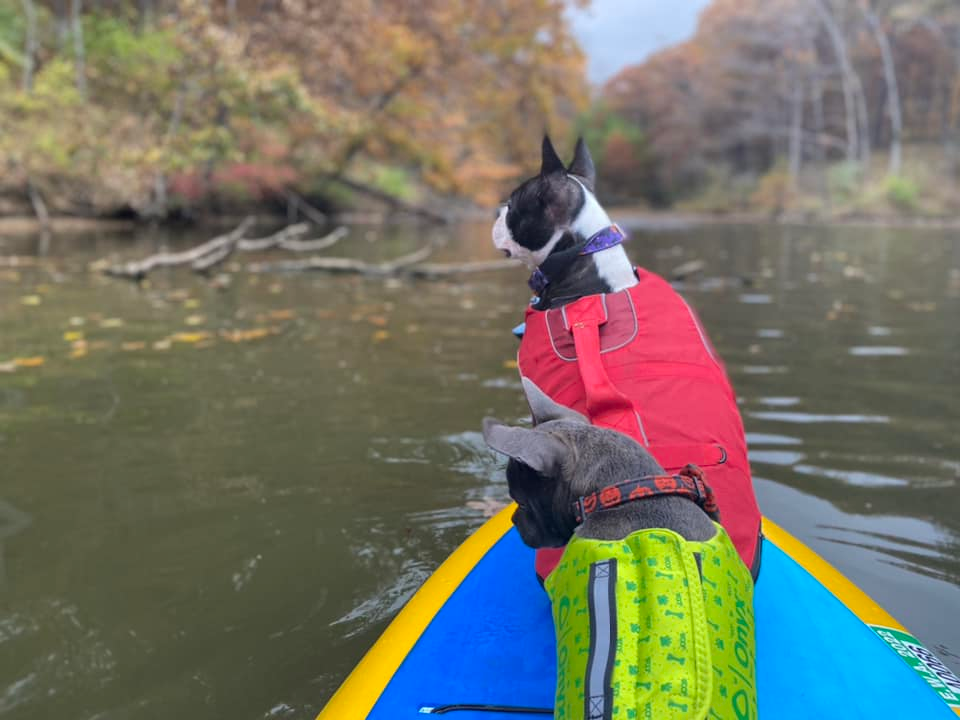
While ocean paddle boarding holds undeniable allure, starting your paddle boarding journey on a tranquil lake can foster foundational skills and confidence. Whether you're drawn to the serenity of flat water or the thrill of ocean waves, embracing paddle boarding promises unforgettable experiences and newfound appreciation for the great outdoors.


